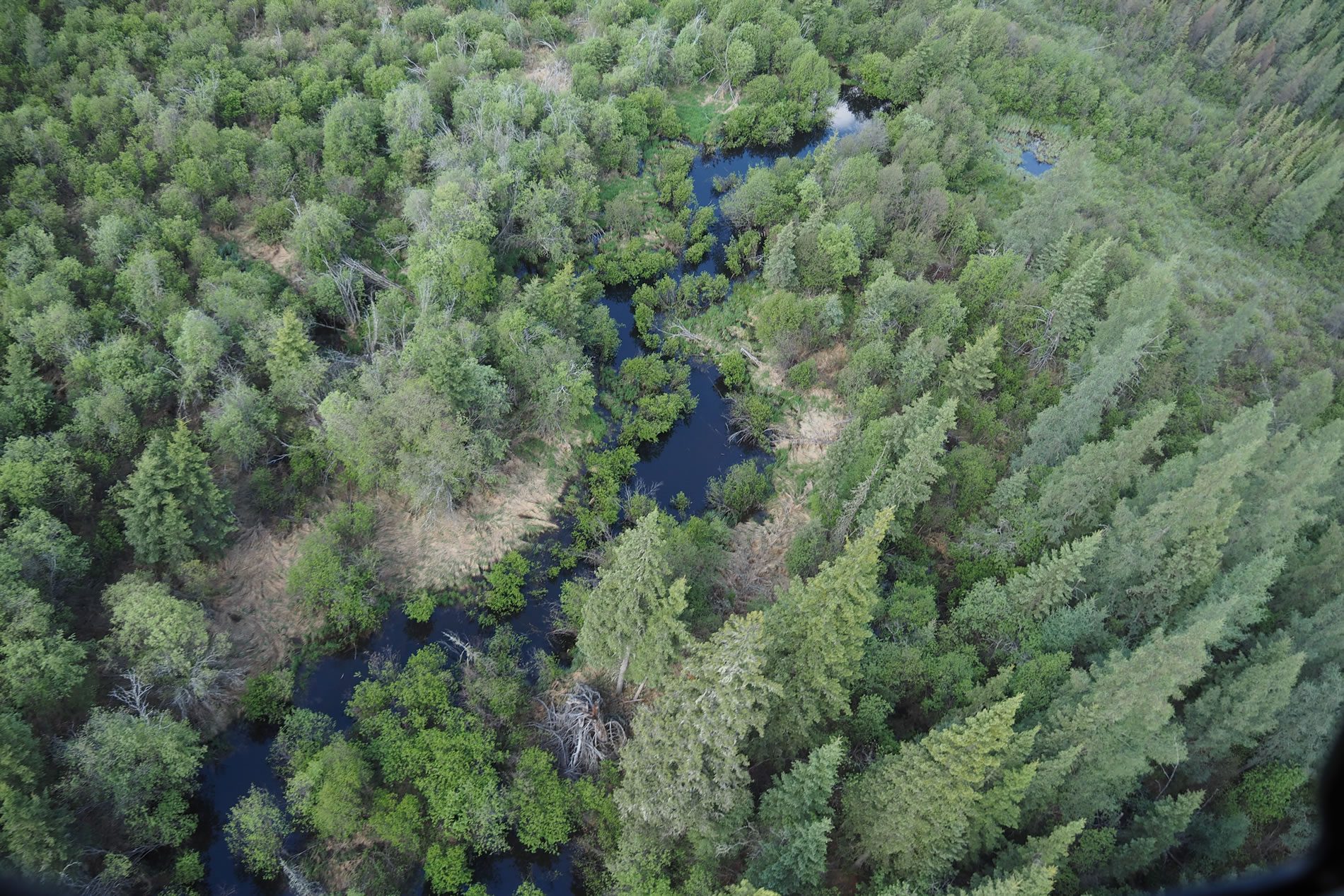Governance Structure
The WBEA’ s governance model is a blend of policy and representative board governance models. The size of the General Members (GM) and the geographical separation of Members can sometimes limit its ability to fulfill all appropriate governance functions in a timely and informed way. Therefore, the Governance Committee (GC), comprised of representatives from the GM, provides ongoing governance work in-line with directions and parameters set by the GM. The GM and GC provide strategic direction and oversight for the organization.
The diagram below depicts how the WBEA operates and shows the relationships between the GM, GC, Technical Committees, and the WBEA staff. The Technical Committees determine the strategic plans and direction for each of the WBEA’s monitoring programs. The Executive Director provides operational direction for the WBEA staff, engaging science and technical advisors as required, to ensure stewardship to the overarching direction set by the General Members and Governance Committee


